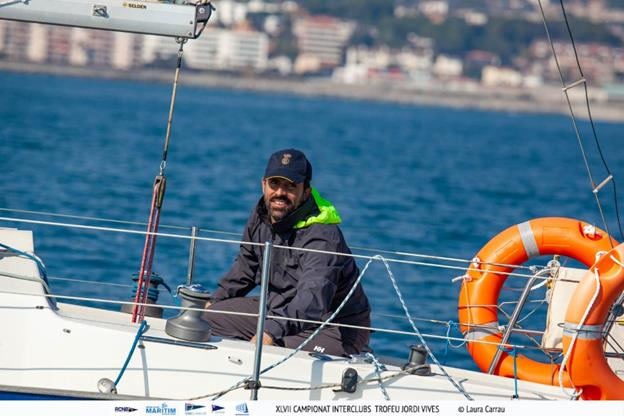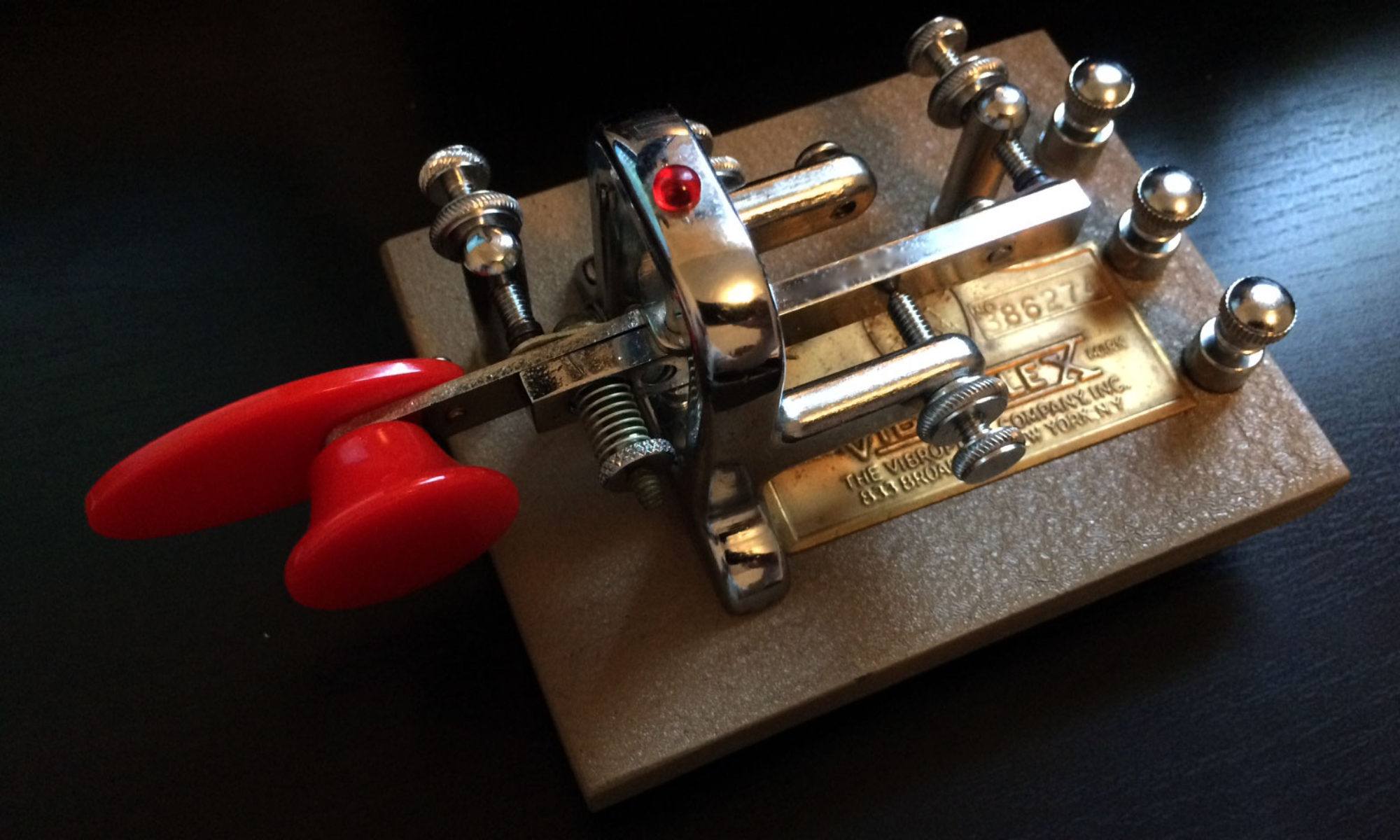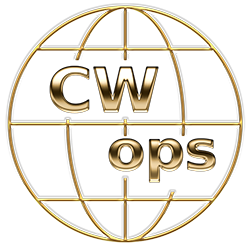
Four years ago, I was routinely testing the GMDSS mobile maritime transceiver installed on my Contessa 32, a small seaworthy sailing boat. Tired of having tried many times to find someone to talk to on the maritime mobile service, my test consisted of sending a routine digital message to a coastal station, which is answered by a computer. On the day of that test the automatic antenna tuner failed. At that moment it was unknown to me that that mishap was the beginning of an exciting path that has brought me to become a CWops member.
When I contacted the manufacturer of the transceiver, Barrett Communications in Australia, my case was assigned to a senior engineer. After many emails and calls in which he did everything possible to avoid sending the unit from Spain to Australia, we were starting to become friends and talking about other things that were not strictly related to the tuner. At some point I complained about the lack of conversations in the maritime bands. His answer was that I should become ham.
Being a physicist facilitated the learning process to get my ham license. Armed with the license and the working tuner back on board after visiting Australia, I did my first QSO in SSB from a remote anchorage which is the partially emerged chimney of an extinct volcano in between the Spanish Mediterranean coast and the Balearic Islands. After that QSO from Columbretes Islands, I spent many nights on the boat in my home port doing QSOs. It was then natural to buy a rig and to set up an antenna at home.
Shortly after that, the pandemic and the lockdowns arrived. I had to do my research and teach my lessons at the university from home. In general, many people had more time, and in these circumstances, I was told that a fellow Spanish ham was offering an online introductory course on CW. After finalizing the course with him I entered the CWA Basic course, determined to make CW my main mode.
I enjoy combining sailing cruises with ham radio. For IOTA activations I have a QCX+, while underway I activate rarely visited locator grids with the Barrett 980. Both activities are not only a certain way of getting pile-ups, but also an excellent manner to spend the many hours on board. However, since most of my cruises are single-handed, it is frequent that I have to quit a pile-up because wind has veered and the sails require my attention. It has also happened on some occasion with bad propagation conditions, that CW has been the only way to communicate with home and to get the confirmation of a weather forecast. In a small sailing boat CW is still a useful way of obtaining vital information. Certainly more important than that, are all the nice and intellectually stimulating persons that are met in the hobby.
This biography is what appeared in Solid Copy when the member joined CWops.
